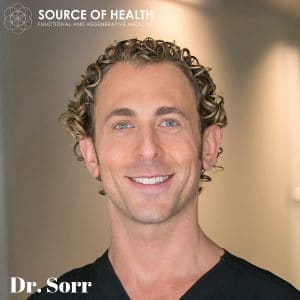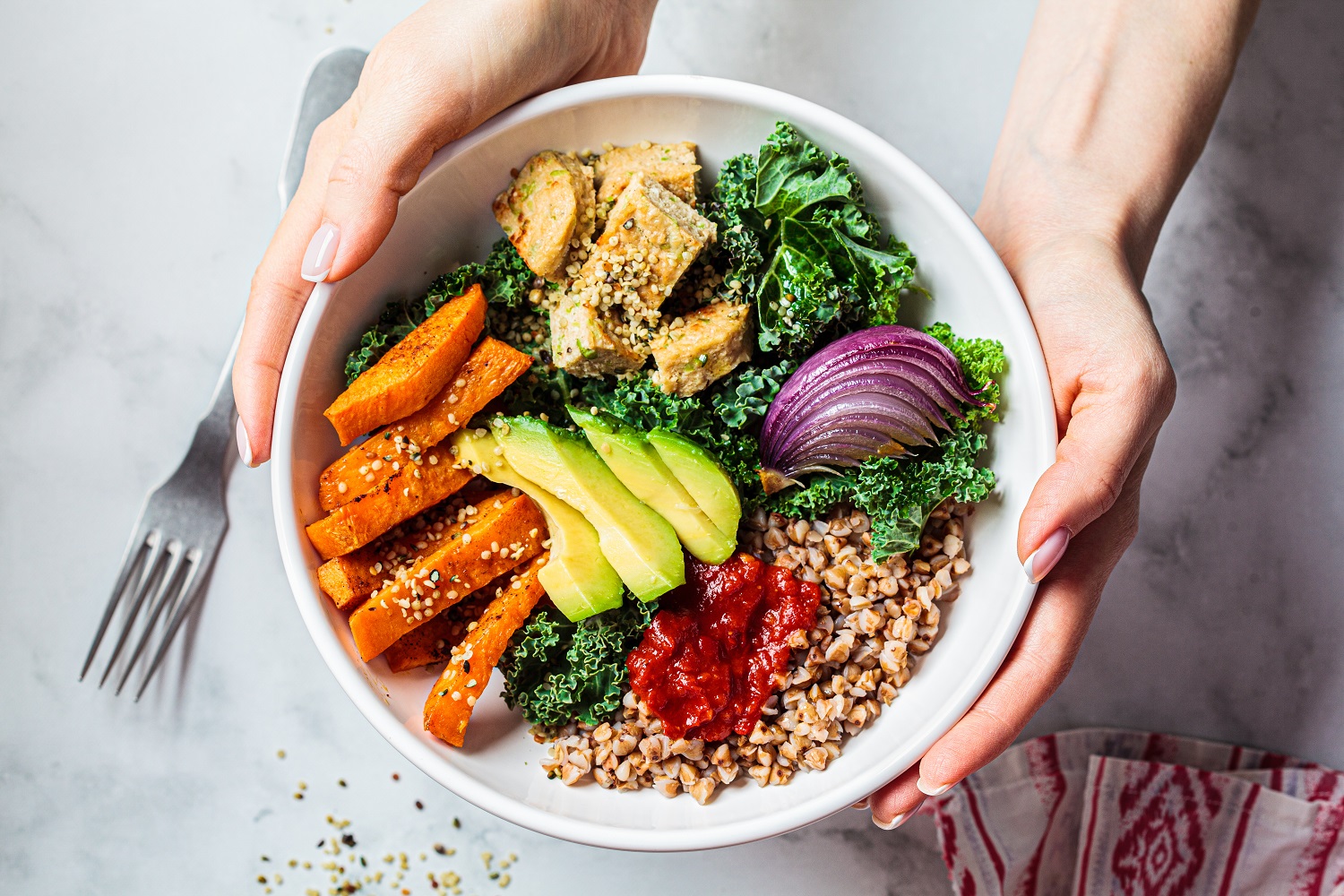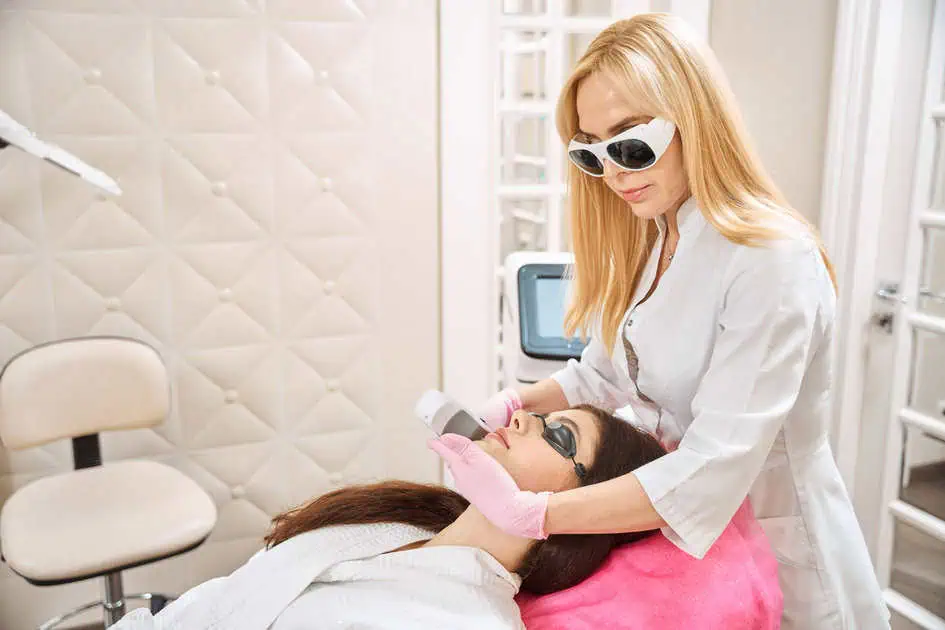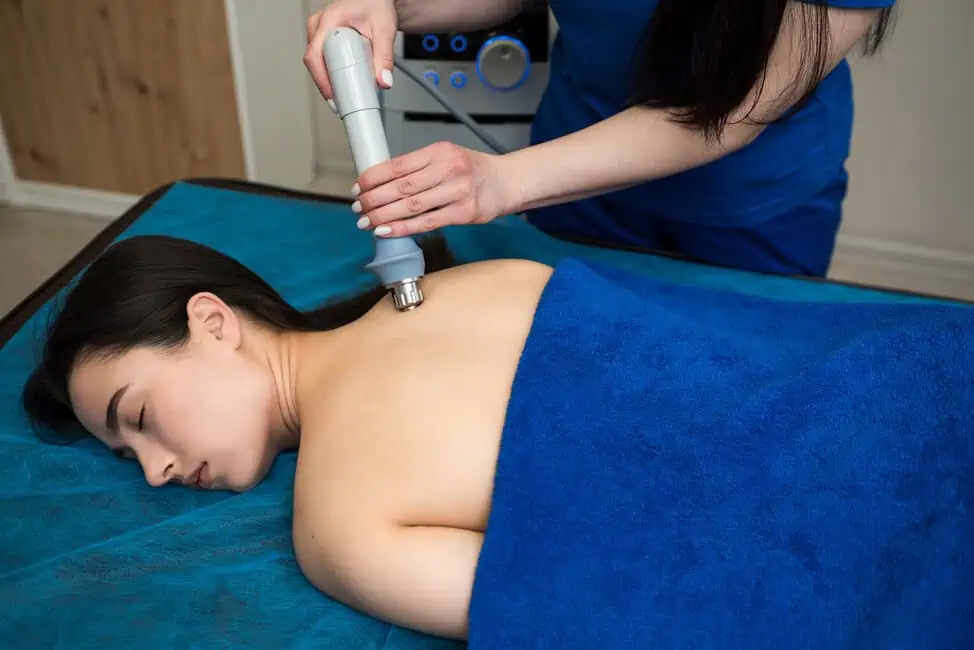Collagen is the most abundant protein in the body making up the majority of our skin, bone, joints and connective tissue such as ligaments and tendons. It is literally the protein that holds us together. As we age, there is a natural decline in our body’s upkeep of this protein leading to a slow and steady weakening of joints, ligaments and creating wrinkles in our skin.
Environmental stressors such as air pollution, poor nutrition, excess UV exposure, and a high-stress lifestyle can make our bodies even more susceptible to aging by turning on genes (NFK-B) that initiates the inflammatory pathway, raises cortisol levels (the stress hormone) and break down collagen (MMP activation) more rapidly. This is generally called oxidative stress.
Fortunately, according to solid research studies, there’s hope! We can make a stand in the fight against aging by understanding Food As Medicine. Certain foods contain key compounds that have a direct effect on our genetics and enhance our ability to regain that youthful glow.
- GreenTea – EGCG is one of the best-studied compounds for its antioxidant effects preventing skin cancer caused by UV damage, increasing microcirculation by decreasing AGE (advanced glycosylated end products aka sugar damage) and improving skin characteristics by enhancing collagen cross-links
- Blueberries – pigments in the skin of berries called Anthocyanidins have a profound effect on the body from activating NRF-2 (an antioxidant gene) to stabilizing blood vessels.
- Pomegranate – contain ellagic acid and other phytonutrients that inhibit the enzyme (MMP) which breaks down collagen, activates NRF-2 and inhibits NFK-B. This compound has even been shown to break down plaque in our arteries.
- Mixed Carotenoids – found in carrots, yams, red peppers, and dark leafy greens are a natural protector of UV light damage. Being fat-soluble, this pigment gets stored in the skin and fat tissue. Too much will make your hands turn orange. In addition, this is a precursor to Vitamin A which is produced in our bodies. Vitamin A can become toxic at high levels, while mixed carotenoids are much safer.
- Cruciferous Vegetables – Broccoli, Kale, Brussel Sprouts, Cauliflower are part of the mustard family and contain a powerful compound called glucoraphanin. This family of compounds (isothiocyanates) has the ability to help our liver detoxify the body as well as NRF-2 stimulation and NFK-B inhibition.
- Tumeric – with its active constituents called curcuminoids have become very popular in recent studies for a variety of benefits for decreasing inflammation, Alzheimer’s and age-related cognitive decline. This fat-soluble compound has poor absorption in the body unless cooked in fat with black pepper. In addition, turmeric can be used as a much safer alternative to anti-inflammatory drugs (NSAIDs) such as ibuprofen, naproxen or aspirin. This yellow cousin to Ginger has been used for 1000s of year in India and continues to make scientific breakthroughs.
- Vitamin C – plus its bioflavonoid family of plant compounds such as quercitin have a very important role in the body. Vitamin C is a necessary component for collagen fibers to link together. Quercetin has the ability to decrease histamine release (part of the inflammatory response. Daily supplementation is best in a buffered form to help alkalinize the body. High-dose Vitamin C IVs are a great way to boost your body’s tissue levels much more effectively than the oral route.
- Trace Minerals – Zinc, Copper, and Manganese are important trace minerals in the body that function as cofactors for enzymes to function. In fact, the enzymes that help produce and link collagen fibers together need all 3 to function properly. Trace minerals can be found in nuts, seeds, and whole grains.
- Amino Acids – Collagen is, of course, a protein so dietary intake of key amino acids is crucial to making and repairing collagen. Lysine and Proline are important amino acids that help build collagen. Lysine can be found in beans, whole grains, and meats.
- Omega 3’s – Unsaturated Fats are essential for the body to function properly. These are converted into signaling hormones that create an anti-inflammatory effect at the cellular level. The Standard American Diet (SAD) is composed of mostly Omega-6 & 9 fats which create an inflammatory effect on the body. Consuming Omega-3 rich foods such as Flax, Hemp, Pumpkin seeds and/or fish oils are often supplemented to our diet. If supplementing, look for a high EPA & DHA concentration. Not all supplements are created equally.
Conclusion
The powerful effects of foods have been used for generations to enhance life and be our medicine. Looking younger, feeling stronger and more vibrant is a sign of health and vitality. Choosing foods to help Collagen formation and preventing the breakdown of the body is now easier than ever. So the next time you are at the grocery store, stay away from those inflammatory and stress-causing food and spick up foods that have some of these beneficial compounds.

About the author:
Dr. Steven Sorr is the founder and chief medical officer at Source of Health in Scottsdale, AZ and has been in clinical practice using regenerative medicine since 2013. He received his doctorate in naturopathic medicine from SCNM and is a licensed healthcare provider in Arizona. Dr. Sorr brings a huge passion for life and a diverse educational background of food, yoga, and medicine to Source of Health. His goal is to revolutionize the standard of care mindset by making significant strides in evidence-based therapies that are drug and surgery-free to restore high-level health for all.






